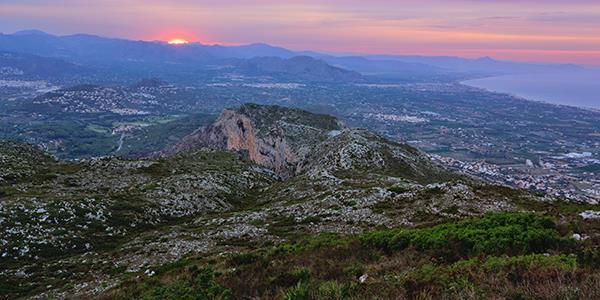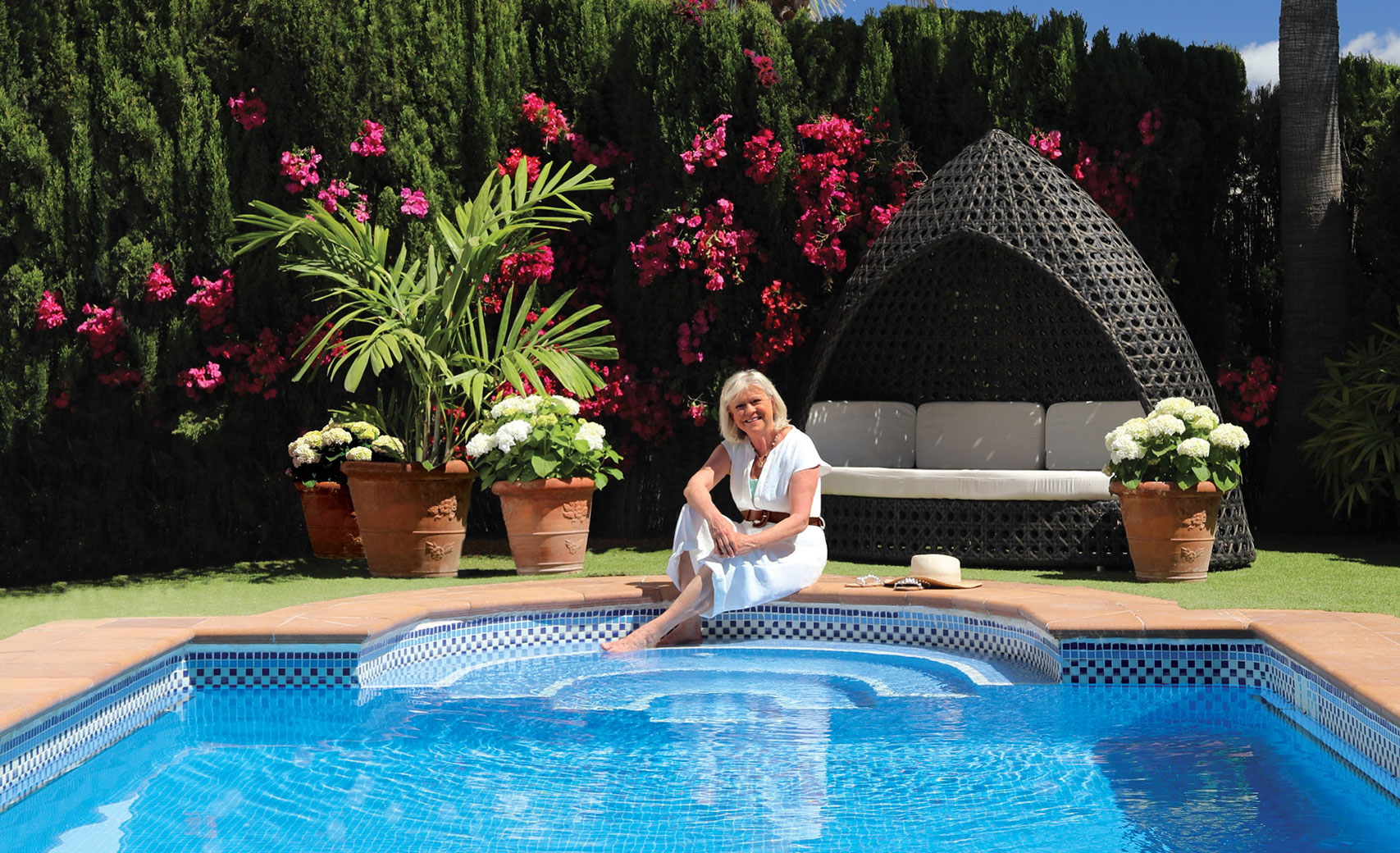
Southern Spain doesn't go into hibernation once the summer is over with. There's loads to do during the winter months too…
The cities are all still alive with celebrations and who can resist a Spanish fiesta?
Valencia Carnival takes place during the run up to lent. There is music and dancers in the streets, parties and parades, food and drink, and lots of colour!

Las Fallas Festival in March is an interesting celebration focused around the burning of giant papier-mâché figures. Some believe the festival symbolises the beginning of spring and the planting season. It takes place between the 15th and 19th March each year and there are costumes and fireworks, festivities and events.
Good weather
Being pretty far south, you can usually rely on the weather in south-east Spain being reasonable year round. This means you'll still be able to get out and see the tourist hotspots no problem. And you will find that sight-seeing is more manageable in the cooler weather. The region is home to an incredible array of architectural delights and historic wonders. A large portion of these are outside and you'll want to explore them on foot. Ancient towns, old churches and a healthy supply of Aragonese and Medieval castles are all waiting for you. And to wander amongst all of these is so much more enjoyable when it's not in the stifling heat of mid summer. You'll be able to really explore.
What not to miss:
Castle of Villena
Also known as Atalaya Castle, this structure was originally Moorish and built in the 11th or 12th century. It was renovated and extended in the 15th century, leaving it more military in appearance, with a three-tiered, concentric design.

Elche
Located just outside of Alicante, Elche has much to offer in terms of architecture and museums. The city's two main sights are the Palmeral of Elche which is a UNESCO inscribed palm garden, and Altamira Castle. The castle once housed Jamie II Aragon and dates from the 13th century.

La Lonja de la Seda
Another UNESCO site, this group of buildings in Valencia was originally the Silk Exchange and a centre for commerce.

Valencia old town
Valencia is one of the oldest cities in Spain. Wander the winding little streets and discover its array of Medieval churches, the cathedral, the Torres de Serrans and numerous pretty plazas.

A walking route
If you really fancy a trek, there's always the Tourist Route of the Valencian Monasteries. This is a cultural walking trail that was created in 2008 and connects five monasteries in southern Spain. All the paths are well signposted from one end of the route to the other and it will take several days to walk it. Try doing that in 35 degree heat! Much better to enjoy it in the cooler months.

Find out how to stay in Valencia yourself.
Less Crowds
With the cooler weather in mind, not only will you be able to walk and walk to your heart's content, but also you will find the areas you do explore tend to be less busy. This is great news for keen photographers! You can get that ideal shot without coping with hundreds of people walking into the frame.
While there are less people around you can really enjoy:
The Alicante Museum of Contemporary Art
The museum underwent a major renovation in 2011 and is located in the oldest building in the city. It houses hundreds of pieces of art and three permanent collections.
The City of Arts and Sciences of Valencia
A complex of fascinating buildings is dedicated to culture, science, architecture and the arts in the centre of the city of Valencia.

The Montgó Nature Reserve
A stunning nature reserve sweeps the coastline between Jávea and Dénia, extending into a headland called the Cap de Sant Antoni which juts out into the Balearic Sea. The views are stunning and the waters themselves are protected as part of a marine reserve that's full of interesting life. The Montgó Nature Reserve stretches backwards inland as well, climbing to form the incredible Montgó Massif – a very dramatic mountain.

UNESCO Rock Art
The Iberian Peninsula is famous for outstanding collections of ancient rock art that dates from the Palaeolithic period. There are a number of important sites, rock shelters and shallow caves that are protected for their cave paintings. Find out all about the sites and the history here.
Embrace the winter
If all else fails, just embrace the winter! You may be in Spain, but that doesn't need to stand in the way of some winter sports. Take a look at the closest ski resort to Valencia here. It's a pretty small one, and quite open, so it's a good one for beginners.

Valencia is magnificent at all times of the year! Find out how to discover it for yourself simply by filling in your details at the bottom of the page.

